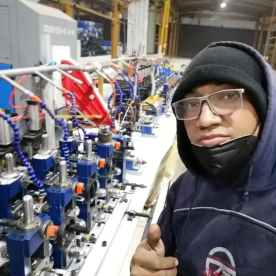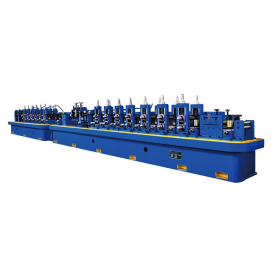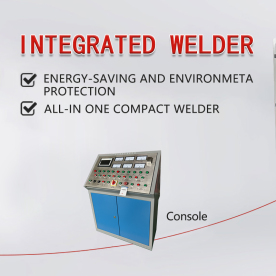[Precision induction heating equipment]Exploring the Benefits and Applications of Precision Induction Heating Equipment in Modern Industries
News 2024-9-15

Exploring the Benefits and Applications of Precision Induction Heating Equipment in Modern Industries
At its core, induction heating operates on the principle of electromagnetic induction. When an alternating current passes through a coil, it generates a magnetic field that induces an electric current in the conductive material placed within this field—typically, a metal. This induced current encounters resistance, generating heat directly in the metal rather than relying on external heating sources. Precision induction heating equipment is designed to optimize this process, allowing for controlled heating with exceptional accuracy.
One of the fundamental benefits of precision induction heating equipment is its energy efficiency. Traditional heating methods often lead to significant energy loss, primarily due to heat dissipation in the surrounding environment. In contrast, induction heating minimizes this loss by concentrating heat within the workpiece. The result is faster processing times and reduced operational costs, making it an attractive option for industries looking to improve productivity while minimizing energy consumption.
Another notable advantage of precision induction heating is its ability to provide uniform heating. Variability in temperature can lead to undesirable results such as warping, cracking, or uneven properties in materials. Precision induction heating equipment minimizes such variability, ensuring that the entire workpiece reaches the desired temperature in a uniform manner. This is especially crucial in applications like heat treating, where precise heating is necessary to achieve specific mechanical properties.
The versatility of precision induction heating equipment is one of its standout features. It can be used for a wide range of applications, including hardening, annealing, soldering, and melting. In the automotive industry, for example, induction heating is employed for processes such as gear hardening and wheel rim treatment. It allows manufacturers to achieve the hardness and tensile strength required in critical components while maintaining dimensional accuracy.
In the aerospace sector, the precision of induction heating allows for the treatment of high-performance alloys and materials that require strict adherence to tolerances. Aerospace components are often subjected to extreme conditions, making the reliability and integrity of each part essential. By using precision induction heating equipment, manufacturers can ensure that these components meet stringent specifications without compromising on quality.
Furthermore, the healthcare industry has also embraced precision induction heating technology. In the production of medical devices and implants, maintaining high levels of precision and sterility is paramount. Induction heating allows for quick sterilization of tools and equipment by rapidly raising temperatures without direct flame or prolonged exposure to high heat, reducing the risk of contamination.

Exploring the Benefits and Applications of Precision Induction Heating Equipment in Modern Industries

Exploring the Benefits and Applications of Precision Induction Heating Equipment in Modern Industries
In conclusion, precision induction heating equipment represents a significant advancement in heating technology with far-reaching implications across numerous industries. By providing energy-efficient, uniform, and precise heating solutions, it allows manufacturers to streamline operations, enhance product quality, and ensure the safety of processes. As technology continues to evolve, the potential applications and benefits of precision induction heating will likely expand, further solidifying its role as an essential tool in modern manufacturing and production environments.
